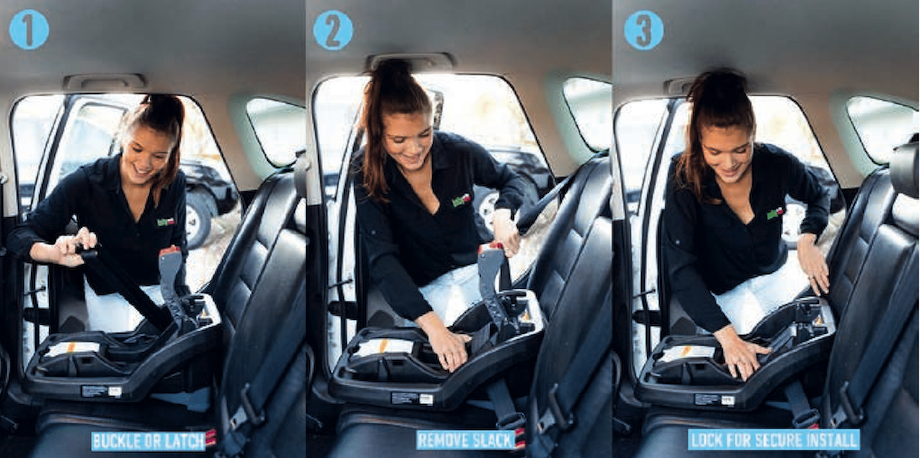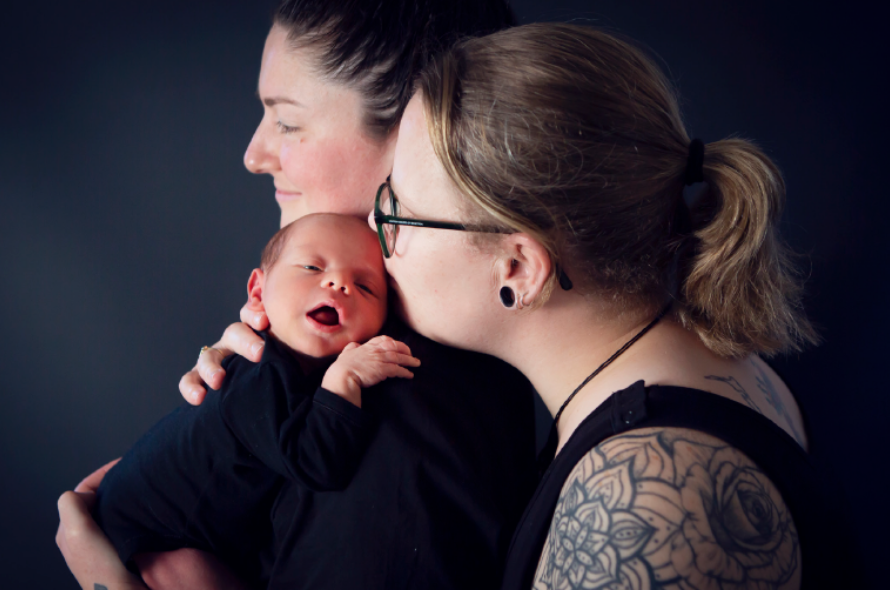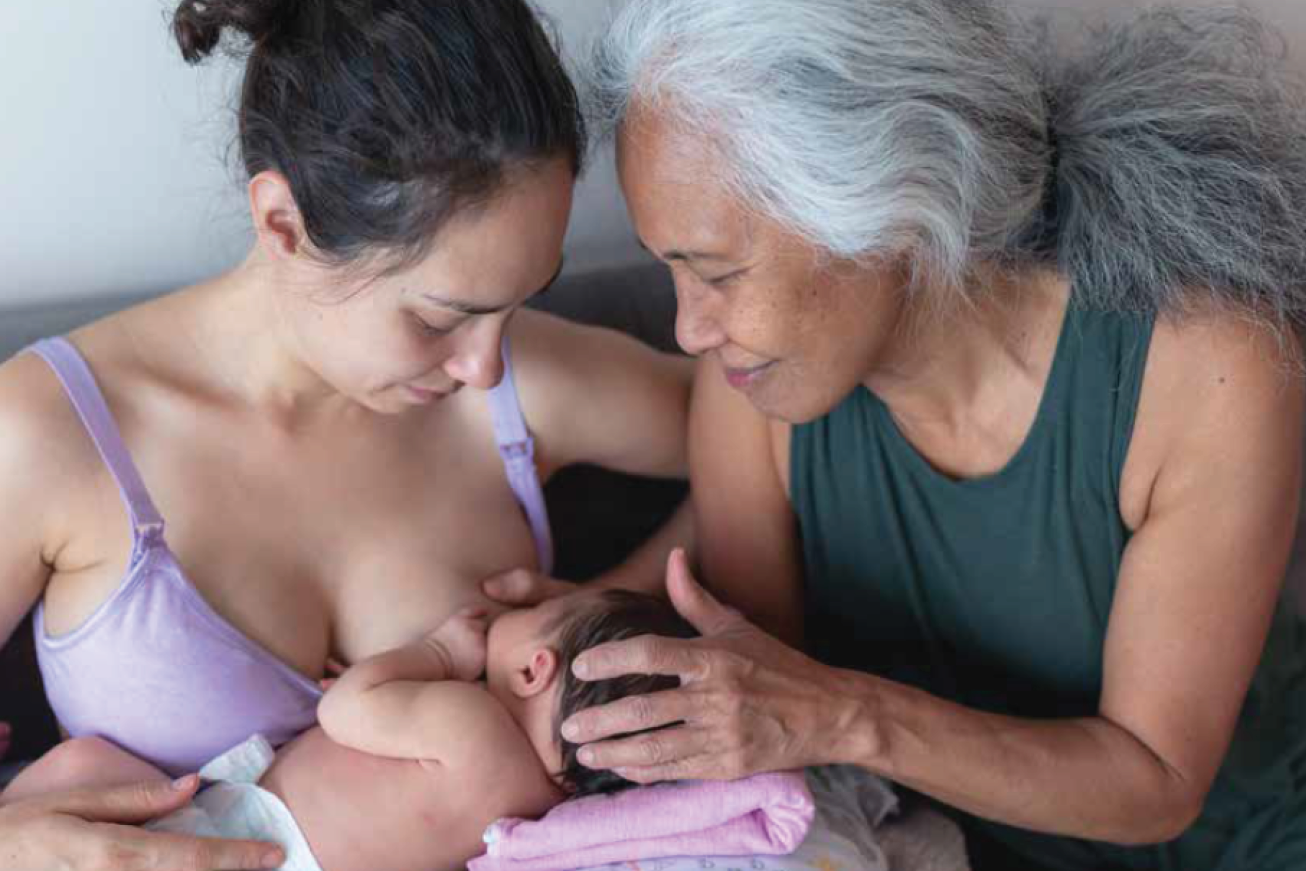
Keeping pēpi safe on the move
If you give birth in a hospital or birthing centre you will need a car seat to drive pēpi home safely. It’s a good idea to practise fitting your car seat before the birth.
Car seats can be a confusing business – once you’ve finally worked out which seat is suitable, you have to install it correctly! All car seats sold or hired should meet one of these approved standards:
- Australian/New Zealand Standard AS/NZS 1754: This can be identified by the Australian ‘tick’ mark.
- United States Standard FMVSS 213: Restraints that comply with this standard must show the number FMVSS 213. They carry the yellow ‘s’ mark sticker to show they have been certified for use in New Zealand.
- European Standard ECE 44: This is labelled with a circle containing an ‘E’ (the number in the circle varies depending on the European country where the seat was manufactured).
Top tips for choosing baby’s first car seat
Check the manual
- Before selecting a car seat, check your vehicle’s manual. Car seats can be installed using either the vehicle seatbelt or the LATCH/Isofix system, where an anchor bar or bracket is located between the seat cushions in the back seat.
- Your vehicle may also be equipped with anchor points for the use of the top tether, which may be required by certain types of car seat.
Baby’s very first seat
For newborns, there are two kinds of car seat: a rear-facing infant car seat with base, and a rear-facing, convertible car seat. An infant car seat (capsule) is small and has a carry handle. It usually comes with a detachable base that remains secured in the car.
The capsule clicks into and out of the base quickly and easily. Convertible seats are bulkier than capsules, do not come with carrying handles or bases, and are designed to stay in the car. They ‘convert’ from rear facing to forward facing later on.
It is recommended that you hire an infant car seat (capsule), as your child will only use it for a short period of time. This saves you money and reduces the number of expired car seats going to landfill, which is better for our environment. When your child outgrows their infant seat, you can purchase a convertible car seat that will grow with your child.

Use and install your car seat correctly
Installing a car seat can be a complicated job. Read your manual and follow the directions exactly. For newborns, the seat should always be solidly installed, rear facing, at a 45-degree angle and have less than 2.5cm of side-to-side movement at the belt path (where the seatbelt goes through). If it has a top tether, use it as per instructions (some seats MUST be tethered at all times).
Child restraint technicians are trained specifically to install varying types of car seat, taking the stress away and teaching you how to use your car seat correctly.
Rear facing for as long as possible or at least the first two years
Child restraint technicians and medical professionals recommend that you keep your baby in a rear- facing restraint for as long as possible or at least until they are two years of age. Young babies’ necks and spines are especially at risk since their heads make up approximately 25% of their body weight.
Rear-facing seats support babies’ heads, necks and spines and babies are up to five times better protected in a crash when rear facing than they are when forward facing.
Never use a seat that has expired or is damaged, and remember, children are safest in the back seat.
Please visit www.babyonthemove.co.nz or call 0800 222 966 for your nearest store.





